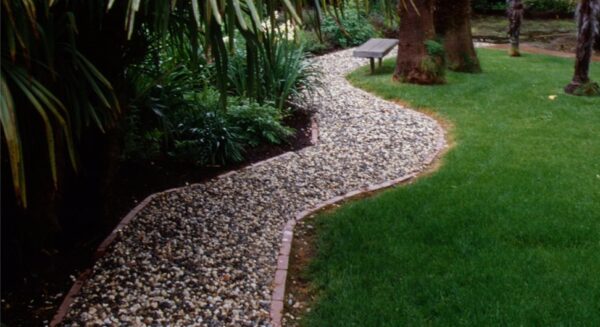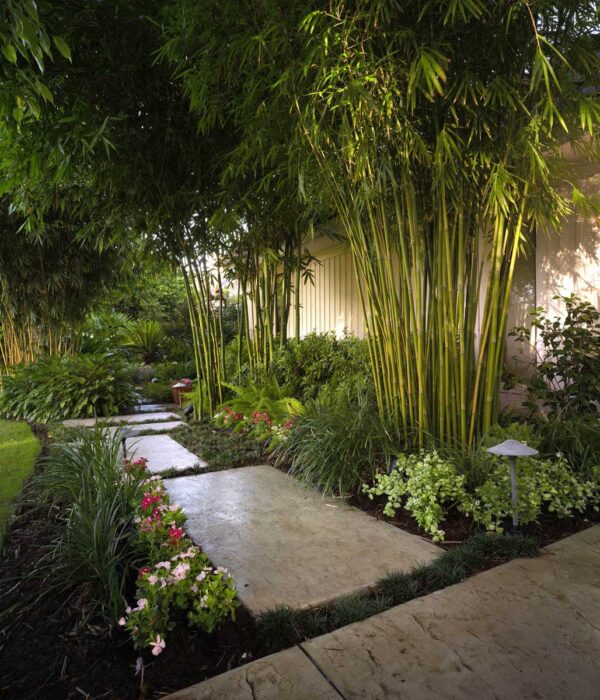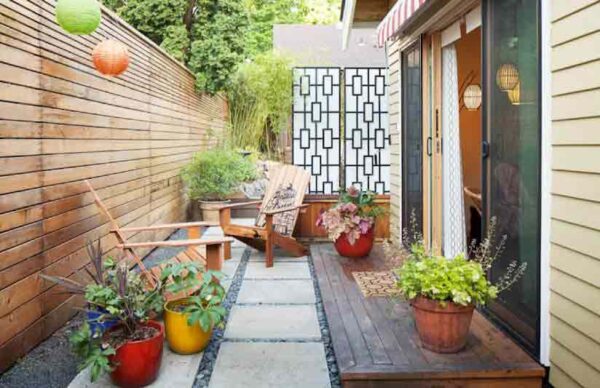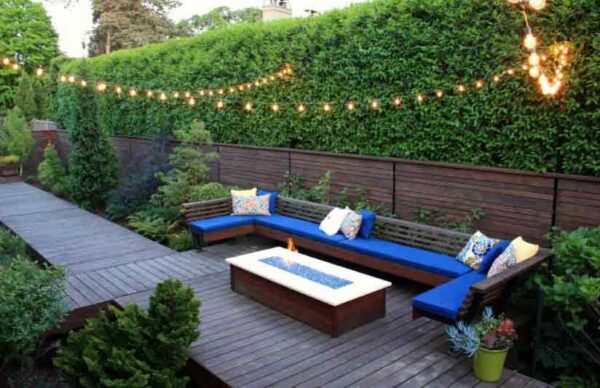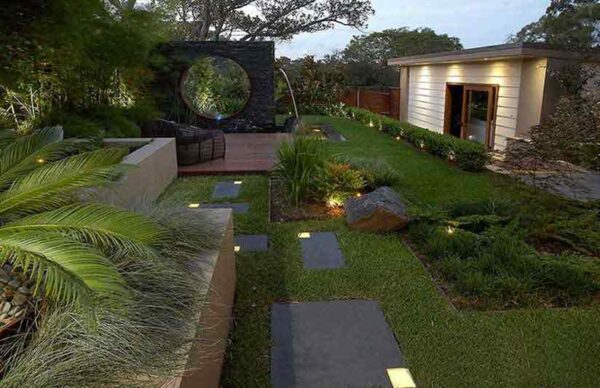10 Professional Tips For Designing A Stunning Landscaped Garden
If you are planning new landscaping for your garden, as with every other large project you could undertake for your property, there is a right way to do it and, as many know from bitter experience, numerous wrong ways to do it.
Unfortunately, given the scale of landscape designs, getting it wrong can be costly, not just financially, but also in the time wasted and the stress a botched landscaping project is likely to create.


